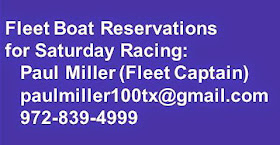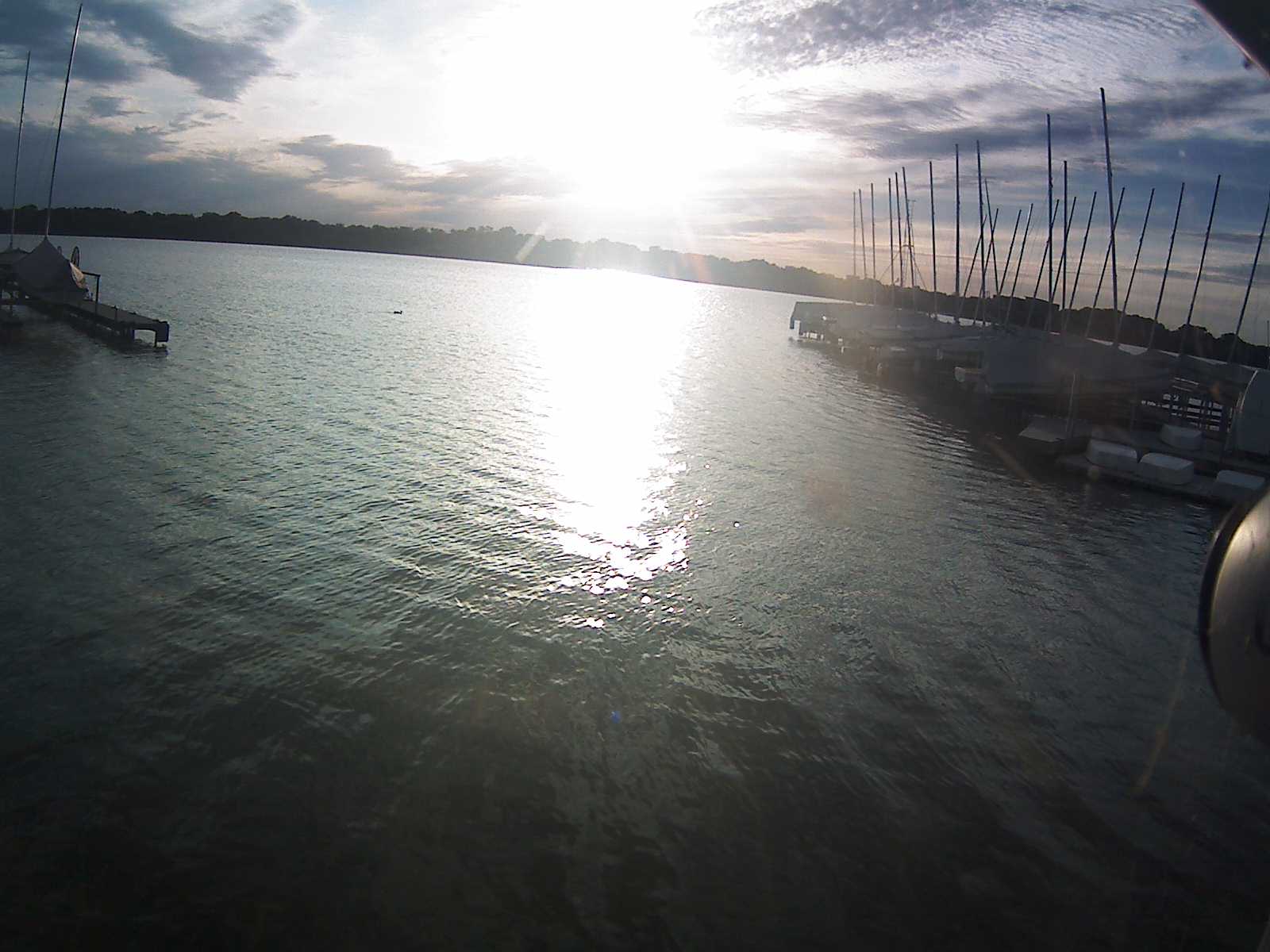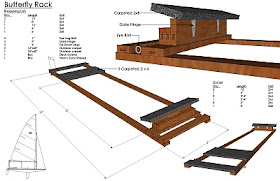BACK TALK
at 4.29.2009
By Pam
Recently, at a J/24 circuit stop, I was listening to a couple of doctors talk about a relatively new procedure ... balloon kypho-plasty for disc compression fractures. The weekend before I encountered three sailors with back problems and I’ve seen countless numbers of sailors walking funny after a long day of racing. Sailboat racing seems to make sailors more predisposed to having back problems and at some point it’s seriously not funny. My ears always perk up when I hear anything about back problems because it hits close to home after a back surgery had me reading and trying everything under the sun for two years as I struggled to return to sailing.
After the surgery I no longer would have consented to having my leg cut off to stop the pain and I wasn’t eyeing the butcher knife in my kitchen anymore thinking that doing it myself was a rational and logical solution. When I woke up from the surgery, the mind blowing pain was gone and I was in a state of absolute bliss. The surgery was a success, right? Wrong! As I went through physical rehabilitation months later I was thinking someone should have told me about these exercises before I needed the surgery. It wasn’t like my back didn’t give me warning signs for years and even intensified for a couple of months before it totally blew. For two years I tried to return to sailing and with every attempt, my body punished me for weeks. Eventually, I found solutions that worked for me and I’m convinced that if I knew then (pre-surgery) what I know now, things would have gone very differently.
I write this for those that are headed where I’ve been in the hopes that you won’t go there. My brother, a professional tennis player, has had two back surgeries. The first was identical to mine and the other, 10 years later, was a little more involved. They have charts that fairly accurately predict the stages of decline once you have your first surgery and when you’ll need your next. I am determined not to follow the statistics and I’ve discovered some tools to help me. We have the good fortune of having an orthopedic MD in our fleet so I hope that he will add his two cents after reading this because as much as I’ve read, experimented, and experienced, I’m sure I have gotten things wrong but I’ve learned the hard way that the docs don’t have all the answers either. For me, when I read something, it either resonates within me as something that will or will not work for me and that’s my ultimate guide. I think deep down inside, we all somehow know what will work for us and the same things don’t work for everyone.
So in the end, what put me back on a boat without being punished for it was spinal decompression (http://www.spinaldecompression.net/). Think 15-30 minutes of traction with varying degrees of pulling. Maybe it simply broke up the scar tissue pressing on the nerves or maybe it unloaded the discs and the hydration and supplementation program that goes with it helped re-hydrate and heal the disc. Either way, the pain relief was euphoric and I was a happy camper. Unfortunately, almost as soon as the back pain went away and I was sailing again, I developed severe neck pain. Ah, yes, I’d begun the process of progressing toward my next surgery. Make one repair and suddenly there is an uneven load in another area and in a few years, I’ll be back in surgery. A little more research and I found a very simple self assessment and self treatment program for correcting muscle imbalances for the entire spine (http://www.losethebackpain.com/). Muscle imbalances are similar to having car tires that are out of balance and steering out of alignment and the tires wear unevenly and wear out sooner and eventually you have a blowout. Same thing with the spine when the opposing muscles are out of balance so the muscles, joints and bones are pulled out of their normal position, putting constant stress and pressure on the back. I now consider correcting the muscle imbalances essential for making sure I don’t have another surgery and I wish I’d known about it before my first surgery. If anyone is interested in thumbing through the book, let me know but there is no way I’ll ever loan it out.
To elaborate on the muscle imbalance issue, I talked with a sailor once who said he had pain running down his leg. From the book I had, I quickly read and asked him to look in a mirror and see if he had one hip higher than the other and if his quads were stronger than his hamstrings and if his hip flexors were tight. Pretty classic sailor symptoms from all the hiking. Super strong quads and super tight hip flexors and oh how that pulls the back out of place and wears the discs unevenly. Doug showed me an exercise when I first started sailing with him to stretch the hip flexors that he said has taken people from unable to stand up straight one minute to walking without pain the next. It’s an exercise I was given in rehab and it’s also in the book I have except that I now know why it works and what it is doing and I know that the stretch is only half of what is needed. Instead of doing static rehab exercises (most of which are in book) I now know what exercises are needed and when and can change them as my body changes. If I’m stiff after sailing, I know why and I know how to stretch the right muscles and get the opposing muscles firing and pulling things back into place. Very empowering to finally understand what is going wrong and how to quickly fix it.
But, things are further complicated for the folks who wore out their discs and their bodies didn’t object enough to motivate them to take action early. They start hearing terms like degenerative disc disease and spinal fusion surgery and begin to get hints that their sailing days might be limited. At this point we leave my area of personal experience except that I too have been told I have degenerative disc disease so I try to absorb all that I hear and my job provides me with more information than most.
So, if you’re in the category of having already done some damage begin by educating yourself about how you got into that position in the first place. Treat the symptoms (wear and tear) but also balance your tires and get an alignment (balance the muscles in your spine). That way you can slow the progress of the decline, relieve the pain and maybe put off any invasive treatment until they develop better treatment options. I’m hoping for stem cell therapy that is injected into the degenerated areas and presto, a healthy new back. It could happen.










